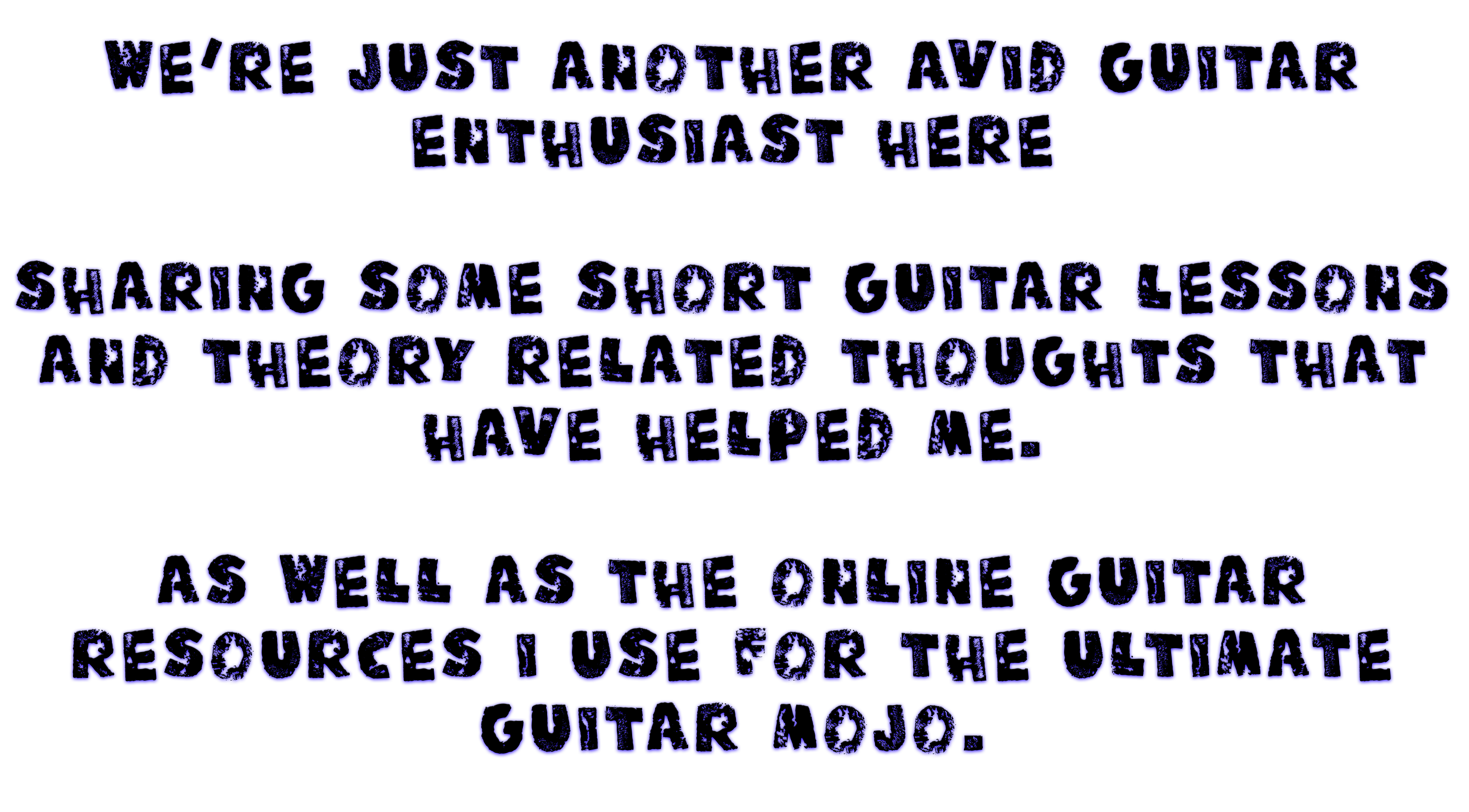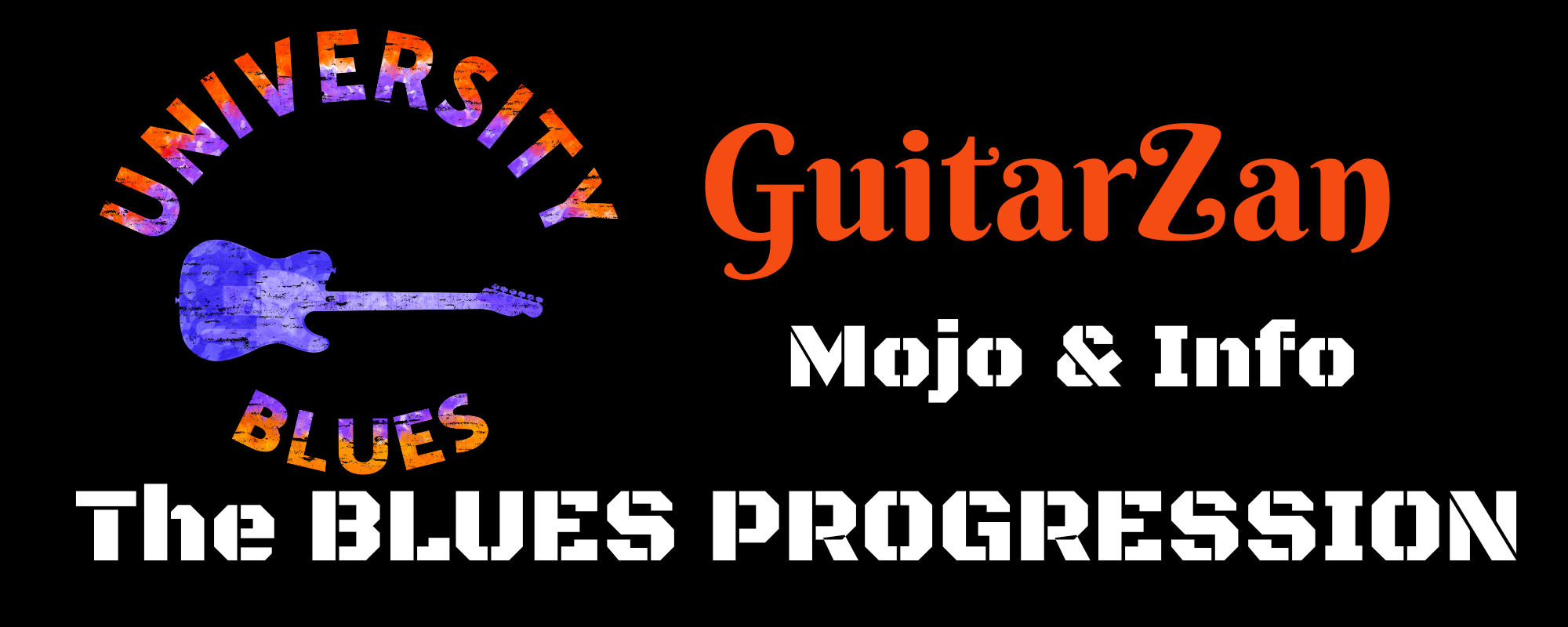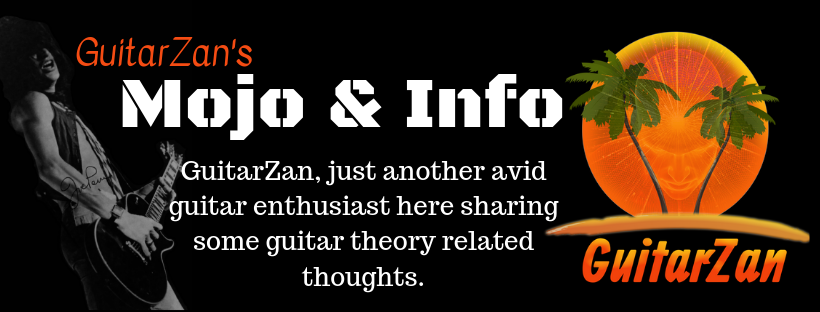The Facts and Truths of Rock Guitar Chord Mojo
You gots to know your 1-3-5 Jive
If you really want to progress as a great guitar player with some real mojo up your sleeves, knowing the major scale and the notes themselves and how Guitar chords are built from the scale is key to unlocking the mojo hidden beneath your fingers as you play your guitar.
Three Worlds
There're three different types of chord worlds that you should know. I’m talking about categories of chords. These are triads, seventh chords, and extended chords.
Triads
Triads are 3 note chords. They can be major, minor, diminished, augmented chords. Triads are exactly 3 notes, but you can play major, minor, diminished, augmented chords with more notes by simply doubling some of the notes.
Seventh Chords
A 4 note chord that has the seventh degree, a note that is usually a major or minor seventh interval above the root. The most common seventh chords are major 7, minor 7, and dominant 7.

Extended Chords
Extended chords are simply chords that contain a ninth, eleventh, or thirteenth. These are considered extended notes. You should notice that they could also be considered the 2, 4, or 6. For example, in the key of C, the 2nd and 9th are both D. The 4th and 11th are both F. The 6th and 13th are both A.

Moment of Truth
Every other note from the major scale is a chord tone. Pick any one note from the major scale and call it the root. (Root Note-the name of the chord you are building, also referred to as the one from the 1-3-5). That's it; the thing that gets most folks is they forget that a Major scale comprises a series of whole steps and half steps, and you also must think diatonic. (notes only from the major scale that you are using)

The intervals from our major scale placement are how we end up with some chords being major or minor and diminished. That's it! These are the facts and truths of where chords come from, Sure there's more to the story, like where do those augmented chords come from? Other scales make different chords, but the same principle applies.
Every other note from the scale is a chord tone -Major, Melodic Minor,Harmonic Minor.....
For more info on this, see my post on Major Scale Mojo

Conclusion
Learning chord construction will help with improvisation and add some serious mojo to your bag. For me, I was able to understand the notes that I was playing, and it helped me link melody to harmony. It broke down the door and open up a whole new perspective for me, and it can do the same for you.
If you liked this lesson, the biggest thanks I can get is to like my Facebook page and leave a post with what you liked about it. As always, feel free to contact me with your questions, concerns, etc. I am here to help!
Common Chord Mojo


































